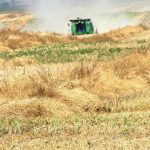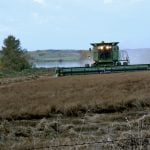ICE canola futures saw some wide price swings during the week ended Nov. 5, although the market remains stuck in a sideways range overall.




Saskatchewan study aims to shed light on claims and concepts surrounding lesser-known crop nutrients






Savings on seed are clear, but zero till and fertilizer logistics remain big questions
